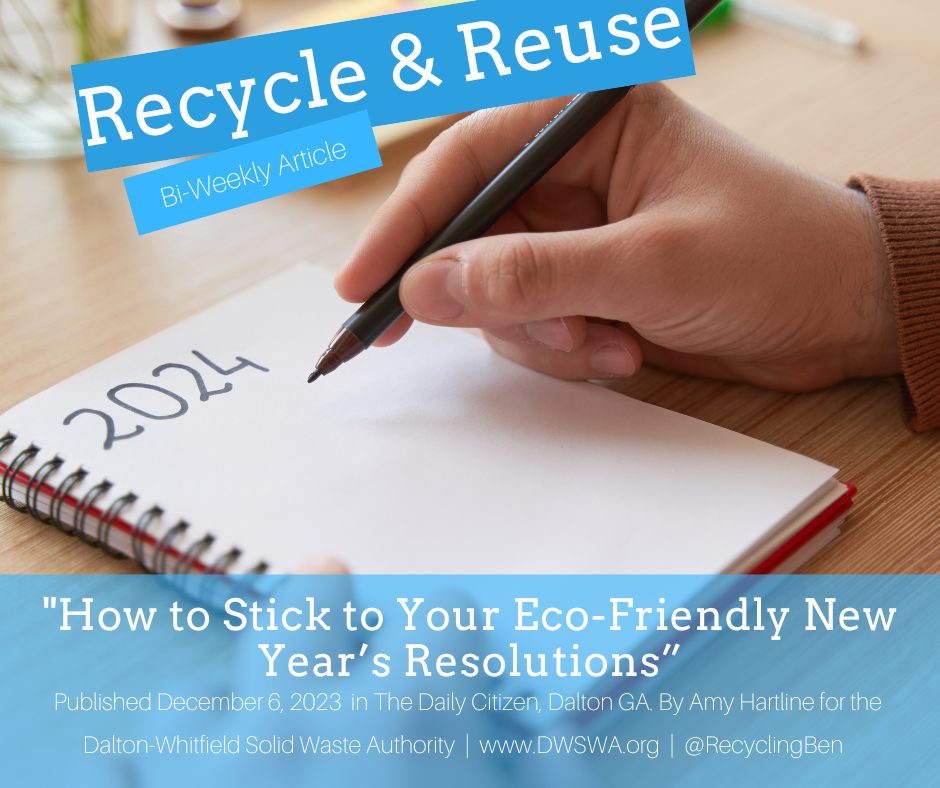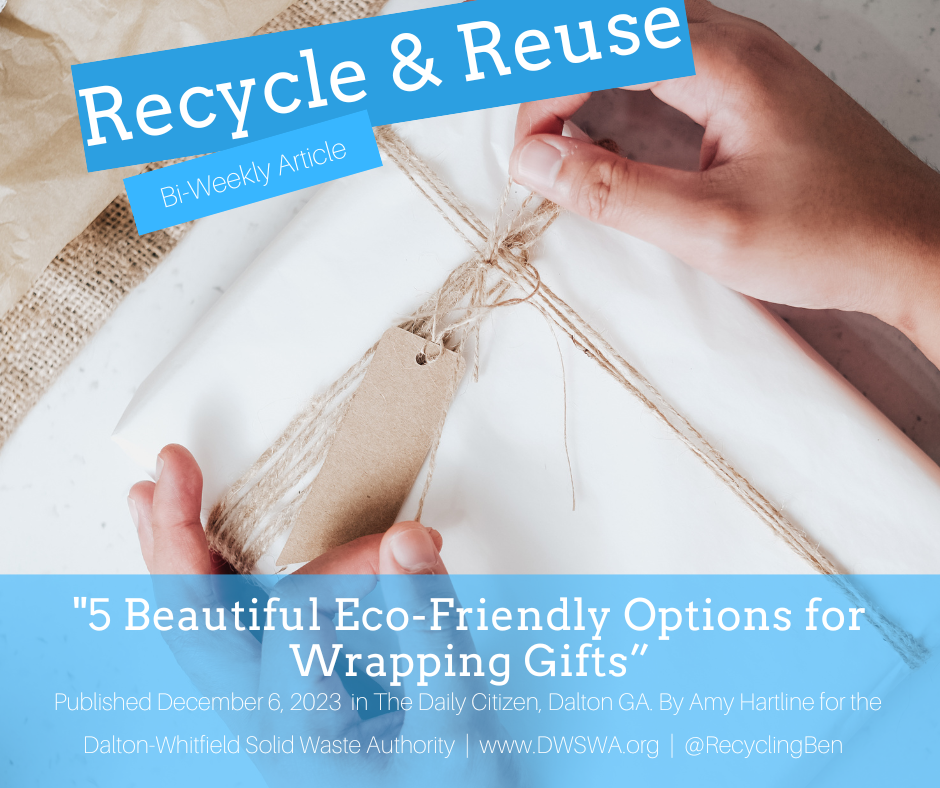Does recycling waste more water than landfilling?
/Naysayers of recycling will often tell you that recycling is actually bad for the environment because it uses up more water than the traditional methods of production. Are these opinions based in facts, though? They come to this conclusion because they consider all of the cleaning that recycling has to go through which does involve a good amount of water. Let’s break down each step of recycling to determine if it uses more or less water.
Before the recycling gets to us, it comes from your house. To keep from contaminating the bins with food waste, we do ask that you rinse anything that touched food such as your drink cans, milk jugs and peanut butter jars. The heating process will remove any small pieces you may miss during recycling.
Someone may tell you that you rinsing it will be what wastes all that water. Jason Goodman, associate professor of physics and environmental science at Wheaton College Massachusetts, has done the math on this for us already. according to the Carton Council.
Using Environmental Protection Agency estimates for energy savings, he found that a rinse only uses up 2 to 8% of the energy used in recycling.
We do need our recycling free of food waste, but there are ways to limit our water usage when we are cleaning recyclables. A good way to determine if your recycling is clean enough is deciding whether or not it will attract pests.
If it is clean enough that you won’t get ants in your bin, it’s good to go! To clean them, scrape out any food into your compost bin and then use dirty dishwater to give your recycling a quick rinse. This lets us give it a rinse and reuse our water in the process. Remember, people will touch your recycling, but they won’t eat or drink off of it so it needs to be clean, but not perfect!
Next our recycling will be processed. In traditional processing, they have to first extract virgin raw materials which uses a significant amount of water itself. Then the manufacturing of the materials into single-use packaging uses a ton of water. Simply by using pre-made materials, your recyclables, we know we will be saving water from the extraction process.
This best way to determine this is to compare how much water is saved for various materials. You can save 3.5 gallons of water just by recycling a pound of paper, the same amount that is in your typical daily newspaper. The benefits don’t stop at paper though. According to James Norman, a life cycle analysis expert and the director of research at Planet Metrics. A small mason jar weighing 6.5 ounces requires about 1.5 liters of water to manufacture from virgin materials and a 7 ounce “tin” can requires 9.2 liters (steel) or 13.7 liters (aluminum) of water to manufacture from virgin materials!
The processing of these materials also takes energy which uses water itself. To find out if recycling or raw production uses less water, we have to find out which process uses less energy, too. Once again, recycling is the winner. Our plastic water bottles get turned into carpet because most modern carpet is made from polyethylene terephthalate (PET). If you’ve lived around Dalton for any length of time, you’ve already heard it called “The Carpet Capital of the World” which is why all of our plastic water bottles here get turned into carpet.
If a carpet manufacturing company uses recycled PET instead of virgin, they will save 79% of their greenhouse gas emissions and energy.
We’ve now looked at each step of recycling products compared to raw processing of materials and each step shows us saving not just resources, but water as well.
































